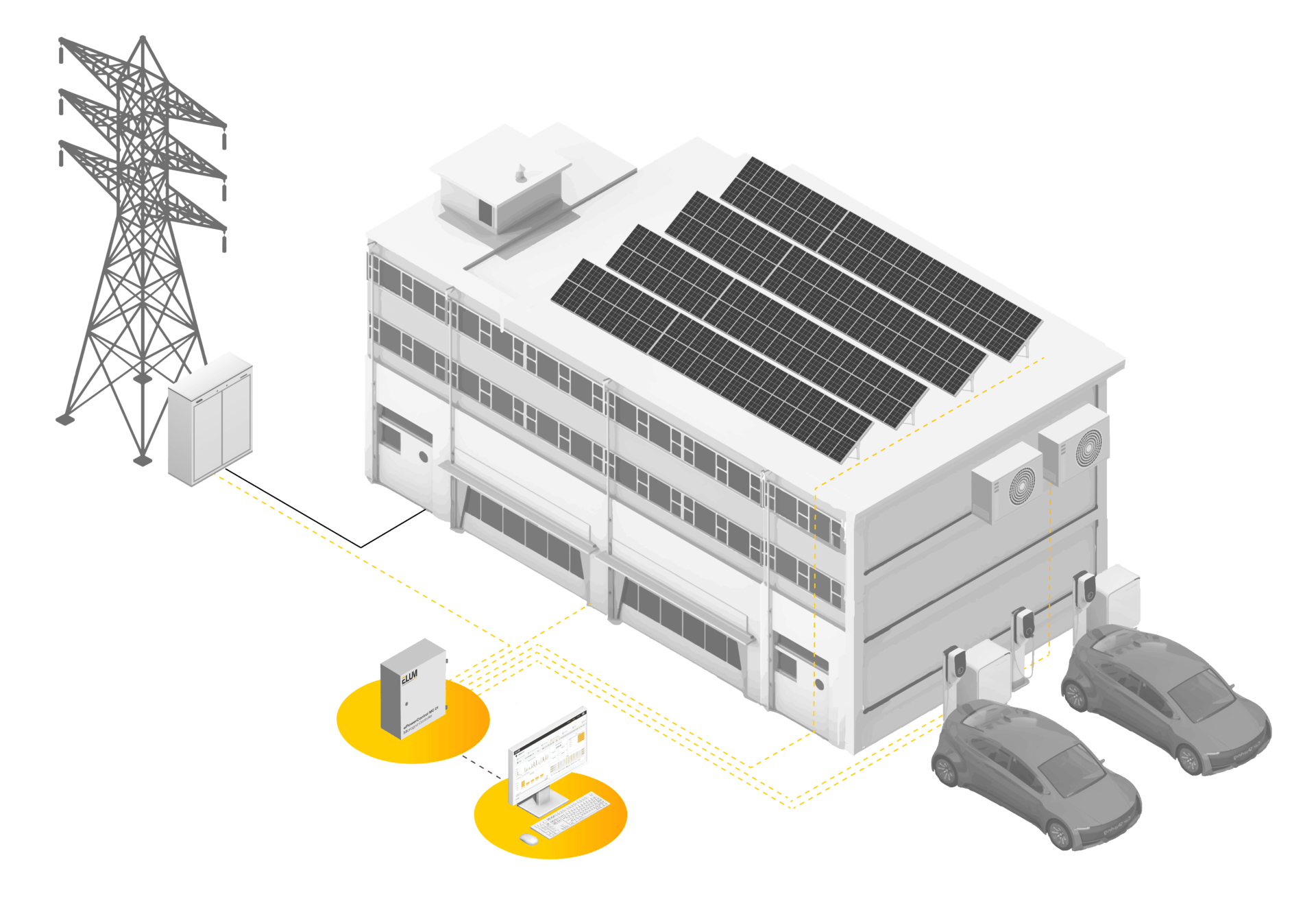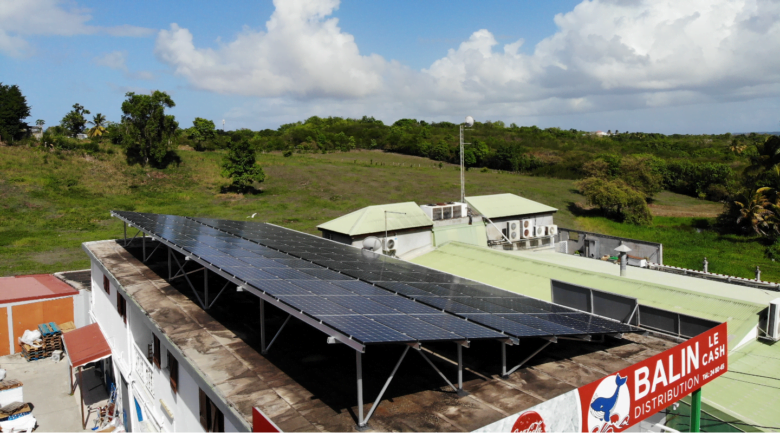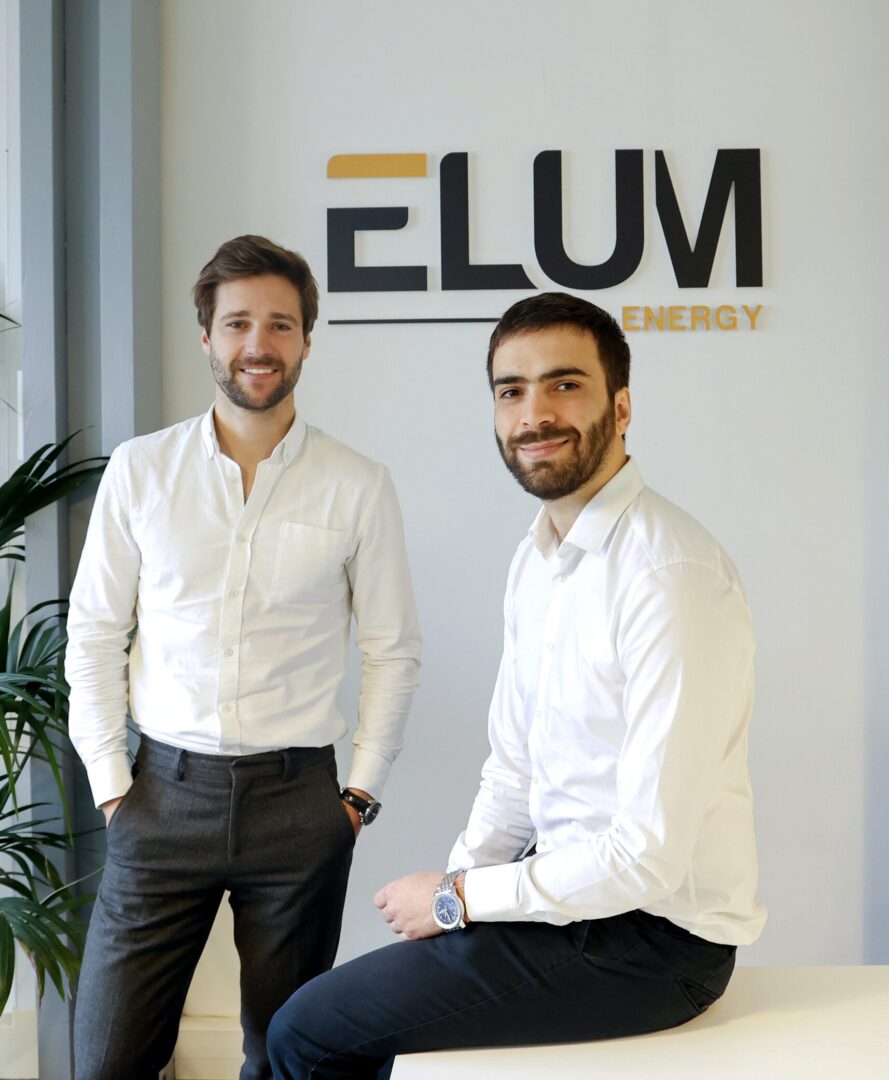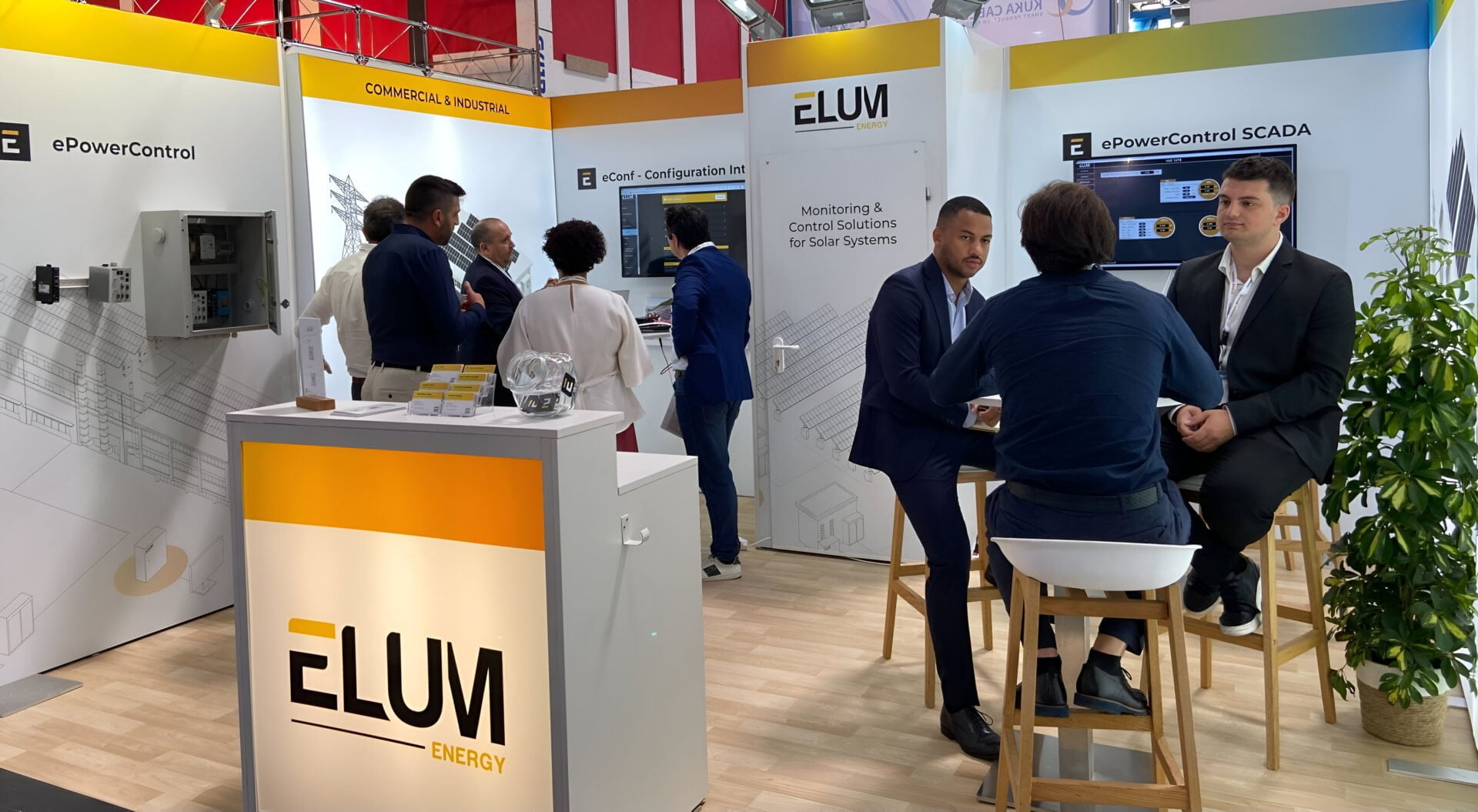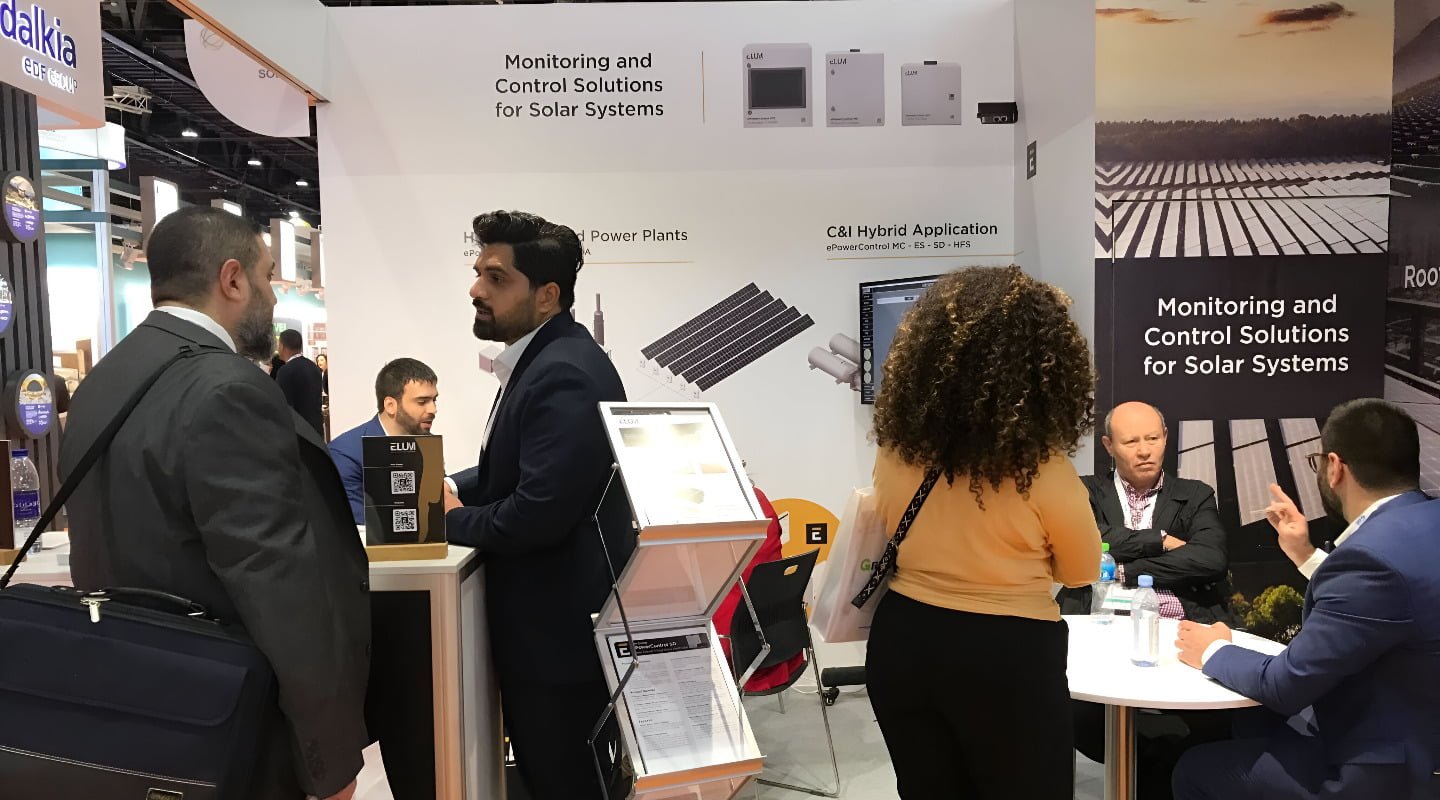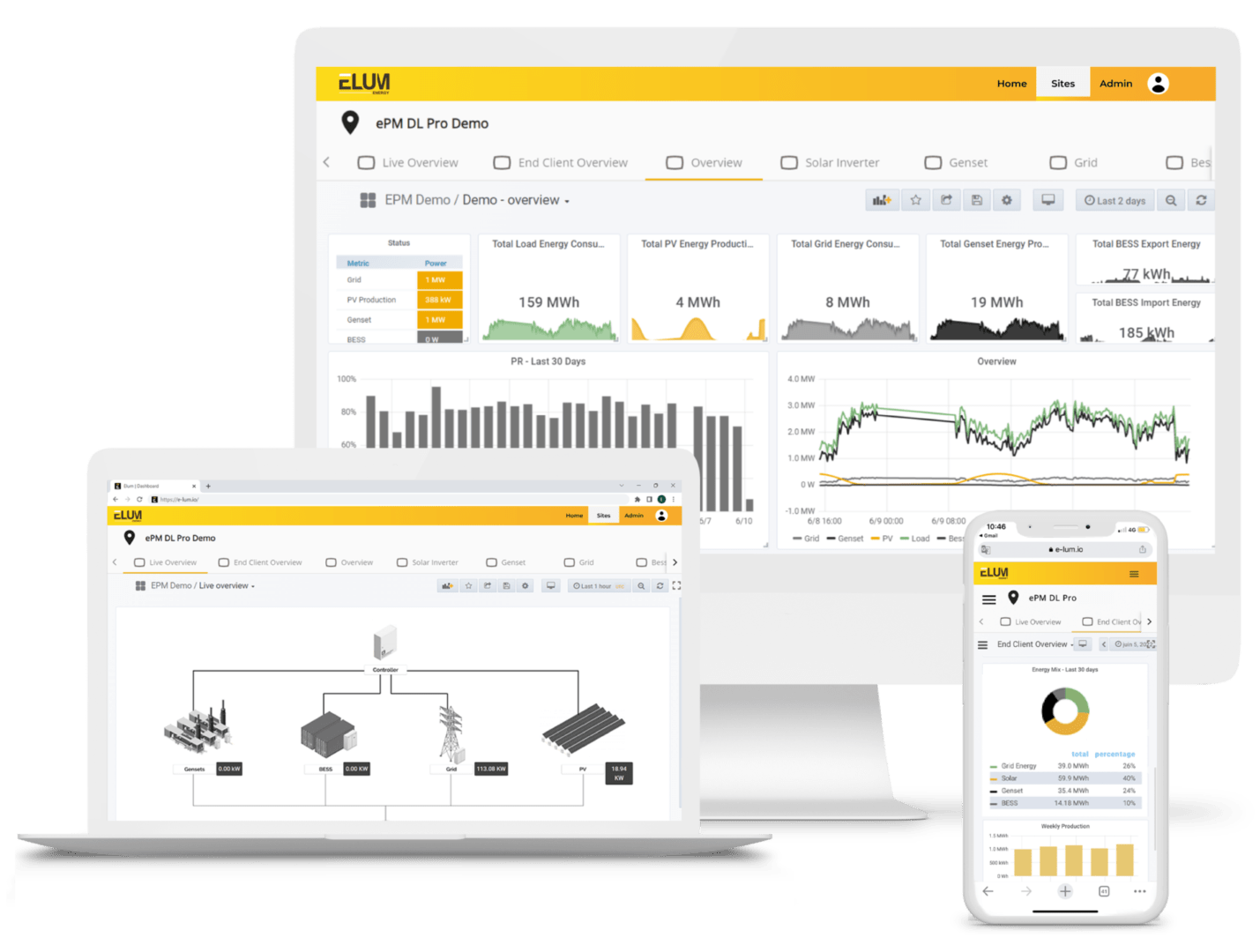Everything a solar EPC should know about Smart EV charging
Nearly 8 million electric vehicles are on the road worldwide. The fast-growing trend of electric mobility brought to life by the recent and significant improvements in battery technologies is making EVs an attractive proposition to a growing audience. This trend is accelerating and is seen as a critical contributor to global decarbonization efforts.
Although there are very ambitious plans to roll out EV charging infrastructure, it is not without causing major disruption at various levels of the value chain. The EV charging station equivalent of modern gas stations presents a set of challenges that, in most cases, make solar microgrids the most compelling infrastructure to tackle these issues.
The use of smart control strategies for charging EVs is the main lever to meet specific objectives whether they are to promote self-consumption, increase revenue, help balance the grid, or reduce the ecological footprint.
In this emerging solar charging station for EV market, time-bounded and eco-conscious users will value speed and green energy sources. To capture those consumers that will be more likely to pay a premium price, the charging infrastructure and a smart controller will be key.

Characteristics and advantages of implementing solar systems for electric vehicles
Charging stations
Charging stations are diverse in terms of nature and typology. The fact that they can be powered through the grid, PV, or batteries gives some flexibility to the microgrid.
As a Solar EPC, in order to select the best configuration for your charging station you need to define what is the primary use of this system this can be :
- Adapt a fast-charging service to the local solar production
- Use the excess of local PV production and avoid PV curtailment
- Minimize grid power purchase from the building
- Reduce the maximum peak load of the building
- Reduce the carbon footprint of the building
- Provide grid services to the local utility
Among that understanding, you also need to understand the final client load to define the best strategy.
Commercial or workplace buildings
Assuming electricity prices remain at 2020 levels, it is estimated that the market will expand to 33€ billion by 2030. Currently, the majority of the vehicle energy supply comes from privately owned charging stations; But in ten years, it is forecasted that 40 to 50% of the energy will be supplied by public chargers—including the semi-public stations, such as supermarket parking lots (according to BCG).
In commercial and industrial buildings, EV charging demand is mostly correlated with PV excess production. However, due to existing infrastructures not meant to support EV chargers (gas stations, or small offices) control strategies need to be implemented in Solar EV charging stations to adapt to local production and increase the consumption…
Control strategies
In order to rip the most benefit from specific smart control charging strategies, cooperation between the EV driver and the charging stations will be crucial. Indeed, the desired outcome from EV owners and charging station managers are not necessarily aligned with one another.
There are 2 main control strategies that can be implemented for smart EV charging :
- Maximizing EV charging :
The user will benefit from the maximum power output of the EV charger whether it is fed from the grid or from the Solar. The main features here are :
- Limitation of injection: If Solar production surpasses Load consumption, PV production will be curtailed so it is not injected into the grid
- Load Balancing: If Load consumption surpassed the Maximum power purchase from the grid, EV charging speed will be reduced in order to always be under a determined power purchase
This strategy maximizes the user comfort but does not maximize the PV penetration
- Maximizing PV penetration :
The solar producer will maximize the PV penetration by adapting EV charging speed to the Solar production. The main features are :
- Smart Charging: If Solar production surpasses Load consumption, EV charging speed will be increased to use the excess of solar production
- Limitation of injection: If Solar production surpasses Load consumption, PV production will be curtailed so it is not injected into the grid
This strategy is well suited to maximize the PV penetration but the user comfort is diminished
In order to reach their preferred outcome, charging stations will have to mix those two main strategies depending on the profile of their users.
How to manage all these energy supplies?
Solar EV charging stations coupled with a grid offer control strategies for behind the meter or in front of the meter applications. Implementing an EV charging controller can optimize the charging process, ensuring efficient integration with various energy sources and enhancing the overall performance of the charging station. It is made apparent that a successful synergy might be possible using smart control strategies implemented by controllers such as Elum.
The ePowerControl technology is connected to PV inverters, EV chargers, BESS, and meters in order to monitor and control each device separately in order to:
- Anomaly detection on the scale of a portfolio of self-consumption charging stations
- Smart charging application: control of the charging speed of the terminal depending on the state of charge of the batteries, PV production, and Building load.
- Vehicle to Grid applications: control of the Electric Vehicle battery to whether charge or discharge it according to the instructions received by the local utility.
- Solar Controller: A solar controller can manage the solar input to ensure optimal charging speed based on real-time solar production and consumption needs.
A monitoring and control system is therefore essential to carry out the services linked to the terminal.
